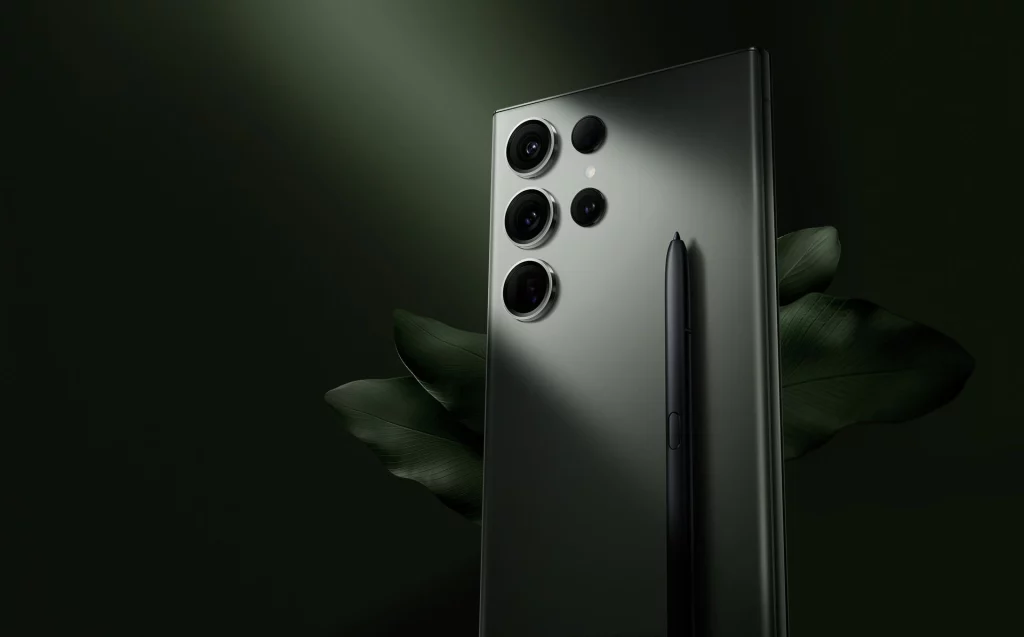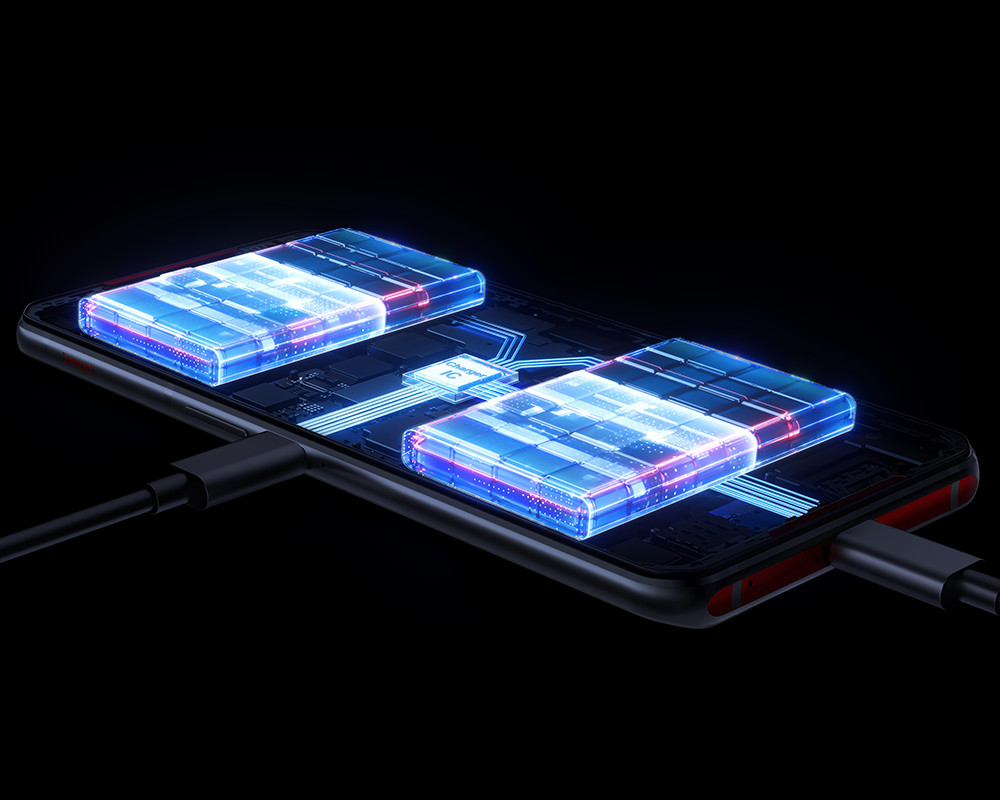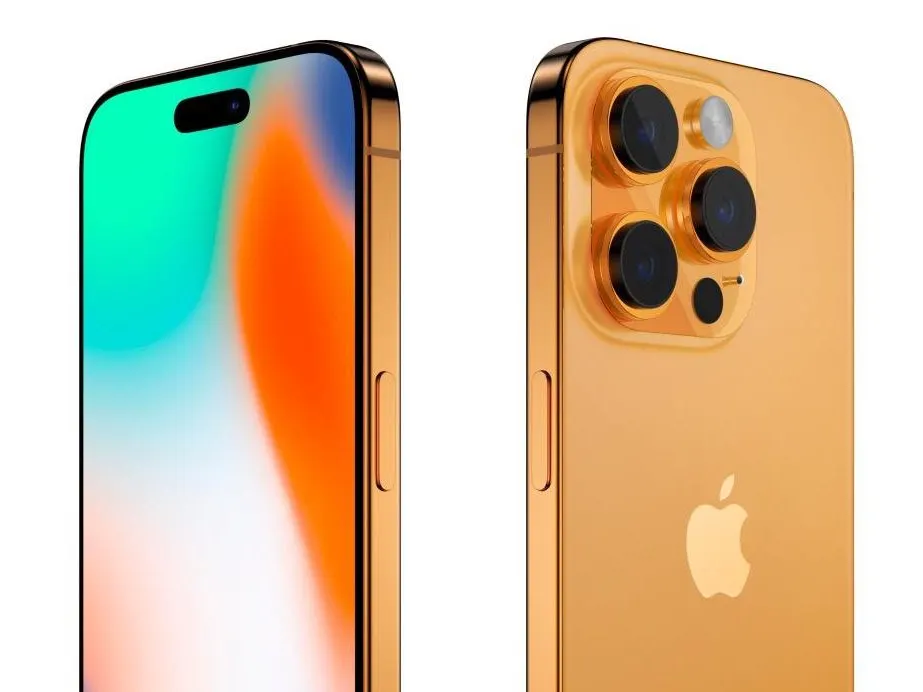In recent weeks, there have been rumors circulating about the potential use of stacked battery technology in the upcoming Galaxy S24 series and even in the anticipated Apple iPhone 15 series. This innovative technology, traditionally utilized in the EV industry, offers numerous advantages that can greatly enhance smartphone battery life.

For those curious about the specifics of stacked battery technology, here are some additional details to shed light on the subject.
What is Stacked Battery Technology?
Stacked battery charging is a new battery technology that is being developed for smartphones. It is designed to increase the battery capacity of smartphones without increasing their physical size. This is achieved by stacking multiple battery cells on top of each other, instead of placing them side-by-side.

There are multiple benefits to stacked battery charging. Firstly, it enables a higher battery capacity within a compact space, a crucial factor for smartphones where users expect extended battery life without compromising device size. Secondly, stacked battery charging enables faster charging speeds by allowing simultaneous charging of multiple battery cells, effectively reducing the overall charging time.
The Samsung Galaxy S24 is rumored to be one of the first smartphones to feature stacked battery charging. The phone is expected to have a 5,000mAh battery, which is significantly larger than the battery in the current Galaxy S23. However, what’s more interesting than the capacity is that the stacked battery charging technology is expected to keep the phone’s physical size the same.
In addition to the Galaxy S24, other smartphones that are rumored to feature stacked battery charging include the iPhone 15.
How is Stacked Battery tech different than the current Winding Battery technology?
Winding battery technology is the conventional method of manufacturing battery cells. In this process, the positive and negative electrodes are rolled together in a spiral shape. While this approach is simple and cost-effective, it does have limitations. One such limitation is the potential for uneven internal stress in the battery cell, which may result in early failure
Stacked battery technology is a modern approach to making battery cells. The positive and negative electrodes are stacked on top of each other, layer by layer. This creates a more uniform internal structure, enhancing performance and lifespan. Stacked battery technology is also space-efficient, allowing for higher energy density in battery cells compared to winding battery technology.
Here are some of the potential benefits of stacked battery charging:
- Longer battery life: Stacked battery charging can increase smartphone battery capacity by up to 50%. This means users can go longer between charges, without sacrificing device size.
- Faster charging speeds: Stacked battery charging leads to faster charging. Multiple battery cells can be charged simultaneously, reducing overall charging time.
- Smaller form factor: Stacked battery charging allows for smaller smartphones without sacrificing battery life. Multiple battery cells can be stacked close together, saving space.
Potential challenges of stacked battery charging:
- Cost: Stacked battery charging is more expensive than traditional battery technology. Precisely stacking and aligning multiple battery cells increases manufacturing costs.
- Safety: Improperly managed stacked battery charging can pose a safety risk. Batteries can overheat and catch fire if not properly cooled.
- Reliability: Stacked battery charging is a relatively new technology, and its long-term performance is still uncertain due to limited data from smartphone usage.
Samsung reportedly plans to use Stacked Battery tech in Galaxy S24 series
Samsung plans to incorporate stacked batteries in the upcoming Galaxy S24+ and Galaxy S24 Ultra, as per tipster RGcloudS. The tipster also mentions that Apple’s iPhone 15 series will adopt stacked batteries. However, due to limited production, this feature might be exclusive to the Galaxy S24 Ultra or available in both models.

Official confirmation regarding the charging capabilities is still pending, although the Galaxy S24 is expected to continue with 25W fast charging. Additionally, the Galaxy S24 Ultra is rumored to incorporate cooling gel within the stacked batteries to minimize heat dissipation. Samsung is reportedly conducting tests to determine which models will benefit from this battery technology.
Overall, stacked battery charging is a promising new battery technology that has the potential to revolutionise the way that smartphones are powered. It allows for a higher battery capacity in a smaller space, which can lead to longer battery life and faster charging speeds. However, there are still some challenges that need to be addressed, such as battery cell technology and heat management.
RELATED:






